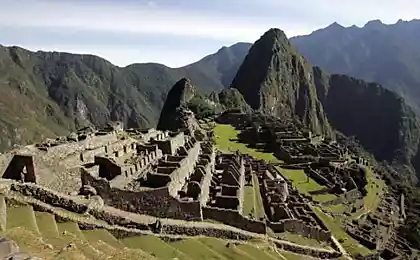411
The list of ozone-depleting substances supplemented
The staff of the University of New England reported the discovery of a previously unknown halogen-containing organic substances that kill the ozone layer of our atmosphere.
The outcome is nothing about the four dangerous gases, three of which – the so-called chlorofluorocarbons. They consist only of carbon, fluorine and chlorine. The structure of the fourth gas is complicated by the hydrogen atoms. At normal temperature all 4 compounds are gases.

These substances have been detected during the analysis of the chemical composition of the air bubbles that were trapped in the Greenland ice. The cores which were formed during the drilling of ice thickness, scientists typically use to study the dynamics of changes in the composition of the atmosphere.
Using mass spectrometric analysis was able to determine that all the detected new substances appeared just over 50 years ago. Only since the mid 60-ies of the last century 4 detected compounds began to accumulate in the atmosphere. Two of them continue to increase their concentration in the air. The total mass of the detected compounds in the air is just over 70 tons. On the background of millions of tons of total emissions, this figure may seem insignificant, but scientists are afraid of the fact that the harmful gases do not know anything – neither their origin nor the possible subsequent behavior.

The most probable version of the occurrence of the compounds scientists believe their origin as by-product in the manufacture of pesticides. Only one fact climate scientists have no doubt: detected gases are extremely dangerous to the ozone layer of the atmosphere. CFCs and similar substances are catalysts for the destruction of ozone. During irradiation with ultraviolet light, which occurs in the upper layers of the atmosphere, the compounds disintegrate. During the reaction releases atomic chlorine, which kicks the atom from the ozone and converts it into oxygen, and then is regenerated for a new reaction.
The Montreal Protocol in 1987 initiated a global ban on production of chlorofluorocarbons. However, the calculations of scientists show that the effects of its use in the form of emissions will be completely offset by only 50 years.
Source: zeleneet.com























